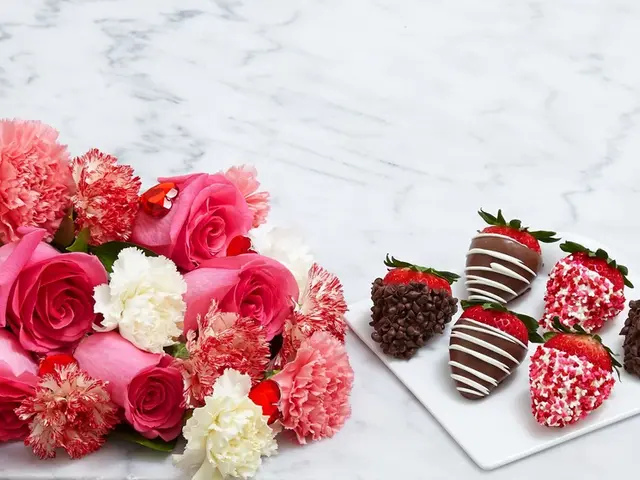Embracing Wabi-Sabi: Discovering Aesthetic Perfection through Flaws at Home
The ancient Japanese philosophy of **Wabi-Sabi** is making waves in the world of home decor, encouraging a shift towards **beauty in imperfection, impermanence, simplicity, and naturalness**. This philosophy promotes a mindful approach to home design, emphasizing the natural aging and wear of materials, and valuing asymmetry, irregularity, and unpretentiousness over polished perfection.
At the heart of Wabi-Sabi lies the **use of natural and imperfect materials**, such as wood, stone, and linen, often showcasing their textures, cracks, or patinas as stories of time and use. Furniture and decor often display weathering, rough edges, and signs of aging, like a distressed wooden table or a cracked ceramic vase.
Wabi-Sabi also advocates **simplicity and minimalism**, known as *Kanso*, which encourages the removal of clutter, keeping only what serves a purpose or holds meaning. This creates spaces that feel calm and uncluttered, fostering a peaceful atmosphere for contemplation.
Another key principle is **asymmetry and irregularity**, or *Fukinsei*, which means no need for exact symmetry or perfection. This could mean irregular shapes in pottery, uneven floor tiles, or hand-woven textiles.
Wabi-Sabi-inspired spaces embody **tranquillity and subtle elegance**, or *Seijaku* (stillness) and *Shibumi* (understated beauty). They are designed to nurture mindfulness and presence in everyday living.
Reflecting *Shizen* (naturalness), the aesthetic integrates organic elements, soft colors inspired by nature, and acceptance that everything changes, decays, and eventually passes. This connection to nature and natural cycles is a fundamental aspect of Wabi-Sabi.
Beyond visuals, Wabi-Sabi is a *way of being* that encourages mindfulness, acceptance of life's imperfections, and appreciation of transient beauty. Mixing handmade objects with more refined elements creates an intentional contrast, while displaying sentimental items, rather than seeking perfection, is a key principle in designing a Wabi-Sabi sanctuary.
Even the most utilitarian spaces, such as hallways, laundry areas, and bathrooms, can carry the spirit of Wabi-Sabi with the addition of soft linens, small ceramic dishes, or natural art. Natural color palettes can recreate quiet, calming moments found in nature.
In a world that often values perfection, Wabi-Sabi offers a refreshing alternative. It encourages letting go of the need for perfection in a home, allowing for the beauty in imperfections to shine. Layering raw linen with soft wool can create texture and invite the eye to linger, enhancing the Wabi-Sabi aesthetic.
In essence, Wabi-Sabi's influence leads to a home decor ethos that values the **imperfect, transient, natural, and simple**, crafting spaces that feel serene, authentic, and deeply human.
[1] Kire, Y. (2014). Wabi-Sabi for Artists, Designers, Poets & Philosophers. Chronicle Books. [2] Llewellyn, G. (2010). Wabi-Sabi: The Japanese Art of Impermanence. Tuttle Publishing. [3] Saito, D. (2015). Wabi-Sabi: The Art of Imperfection. Tuttle Publishing. [4] Sasaki, S. (2003). Wabi-Sabi: The Beauty of Imperfection. Tuttle Publishing.
The use of natural and imperfect materials, such as wood, stone, and linen, in interior design aligns with the Wabi-Sabi philosophy, often showcasing their textures, cracks, or patinas as stories of time and use. This philosophy, influencing lifestyle, encourages a home-and-garden aesthetic that values the imperfect, transient, natural, and simple, crafting spaces that feel serene, authentic, and deeply human.




